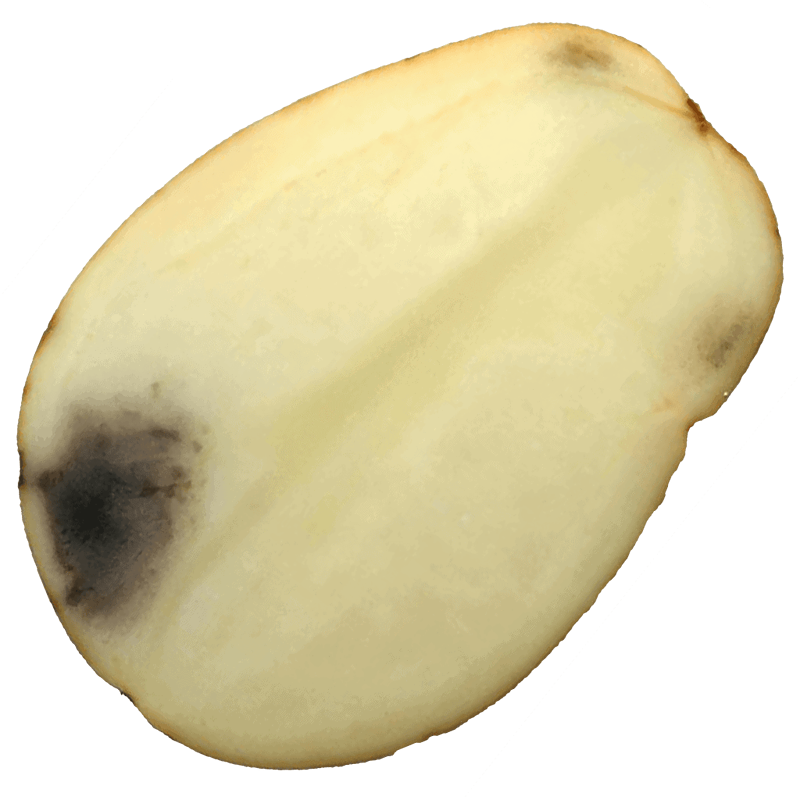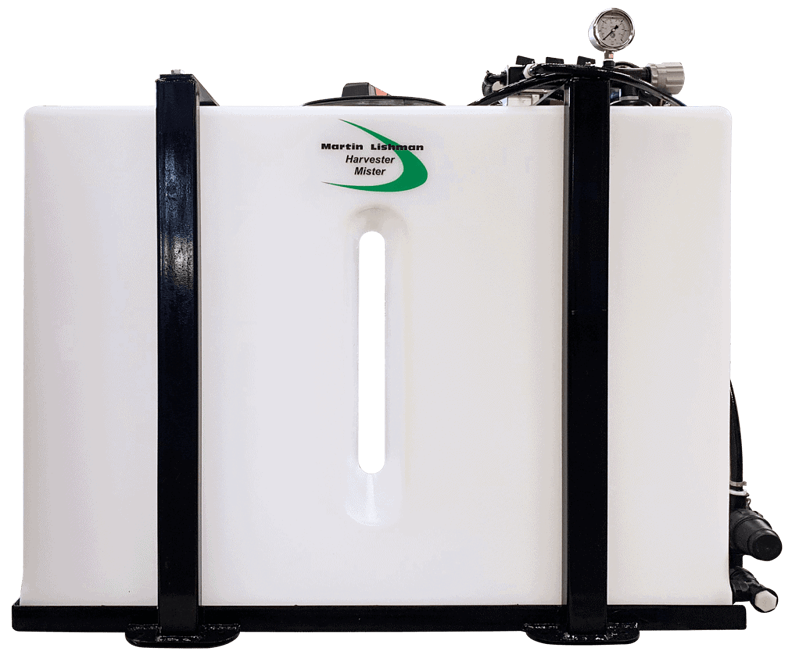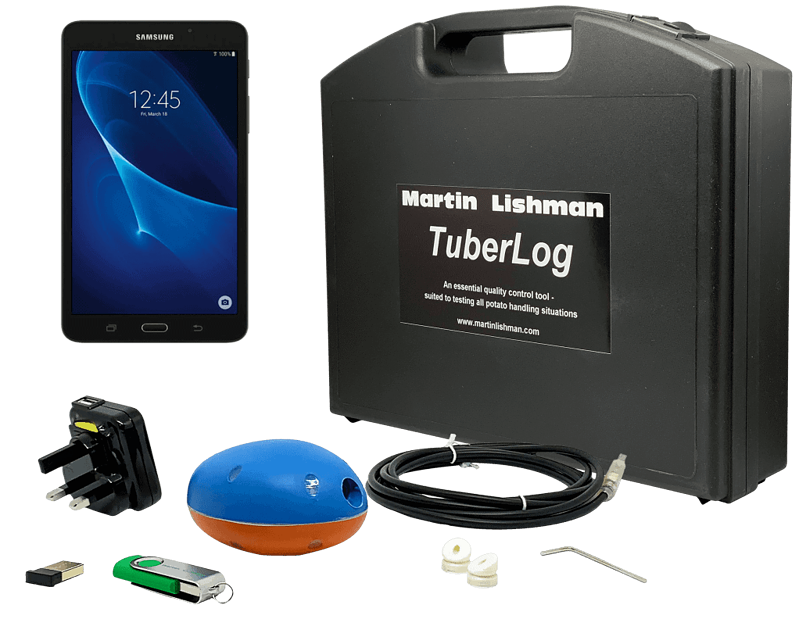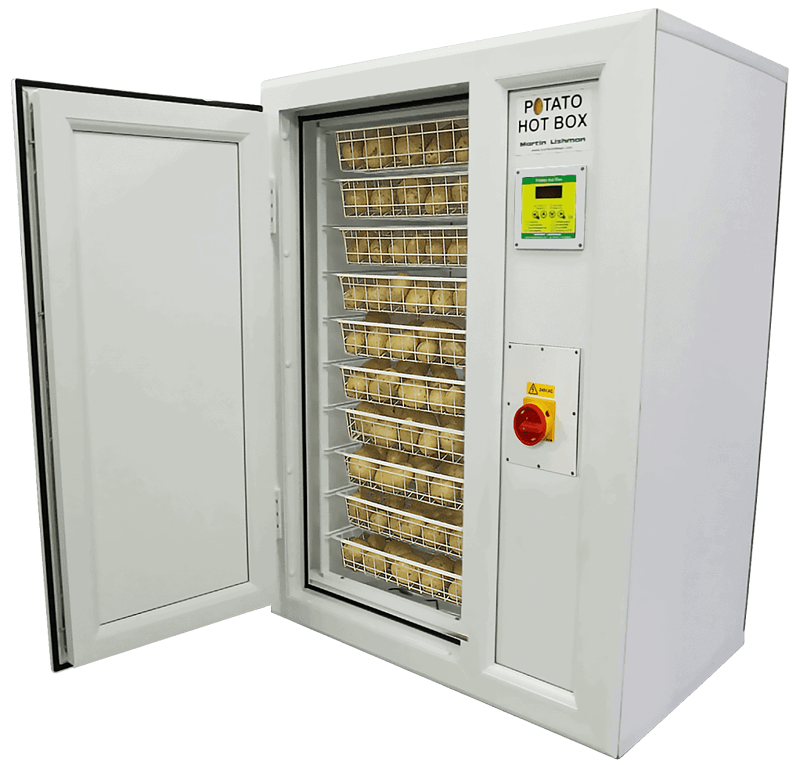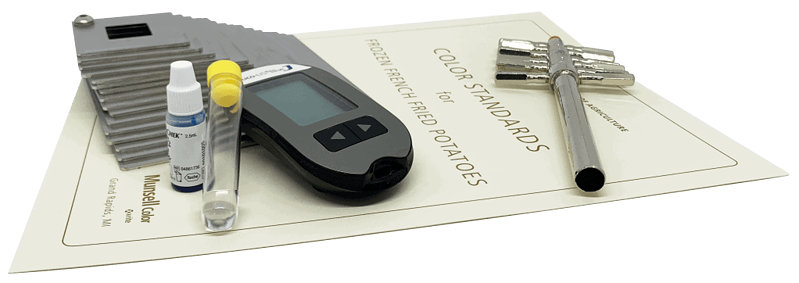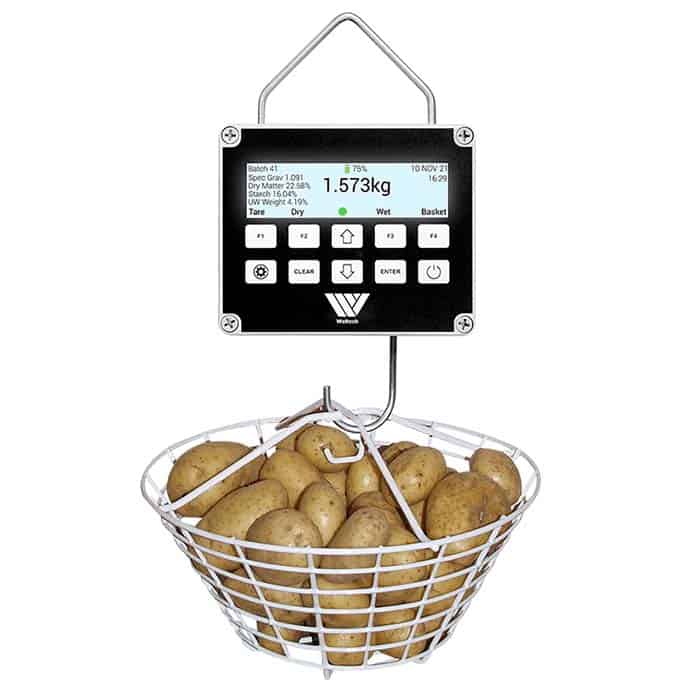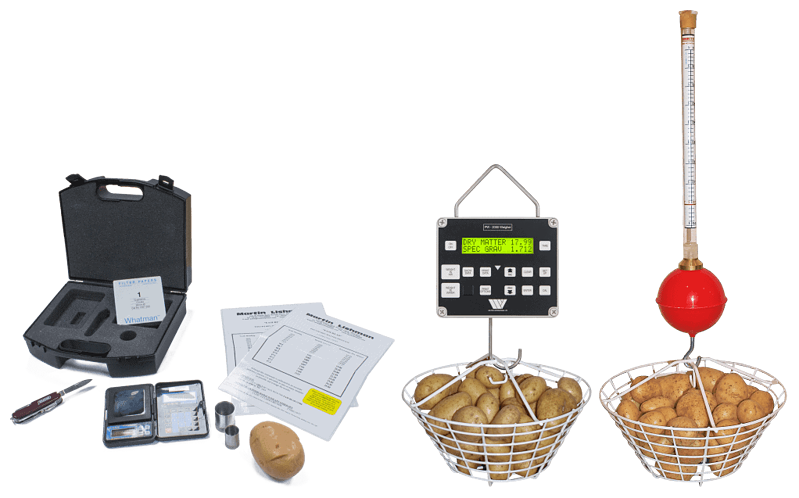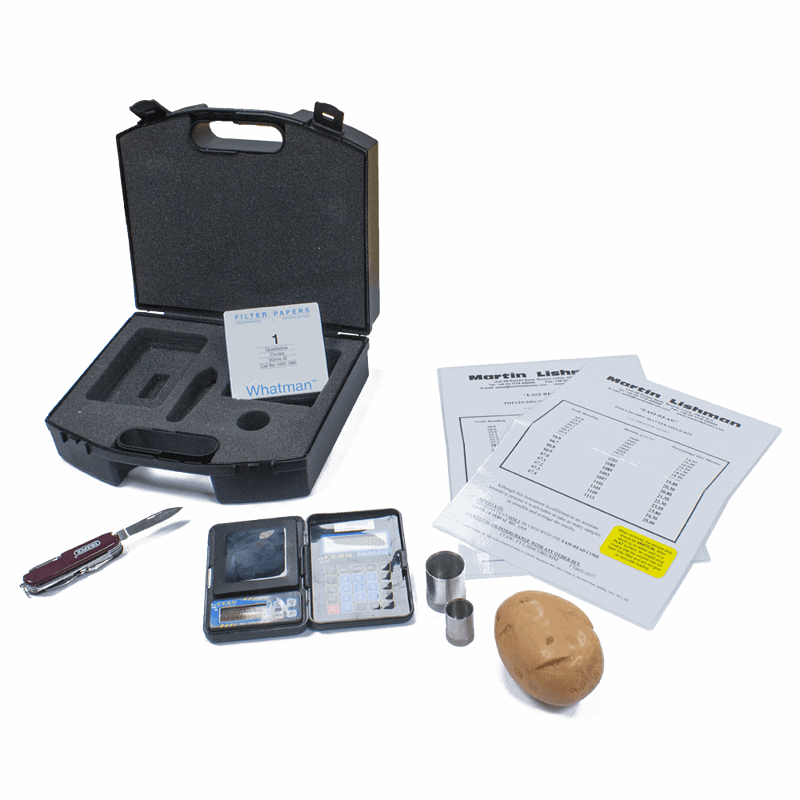- Dealer Locator
- Search
- Contact Us
- Dealer Locator
- Search
- Contact Us
- Home
- Products
- Grain
- Grain Cooling Systems
- Crop Quality Equipment
- Moisture Meter Servicing
- Grain Clinics
- Potatoes
- Sprayers
- Soil
- Building Ventilation
- Impact Sensing
- Barn Owl Wireless
- Building Moisture
- Grain
- About
- Learn
- Downloads
- Dealer Locator
Menu
- Home
- Products
- Grain
- Grain Cooling Systems
- Crop Quality Equipment
- Moisture Meter Servicing
- Grain Clinics
- Potatoes
- Sprayers
- Soil
- Building Ventilation
- Impact Sensing
- Barn Owl Wireless
- Building Moisture
- Grain
- About
- Learn
- Downloads
- Dealer Locator

